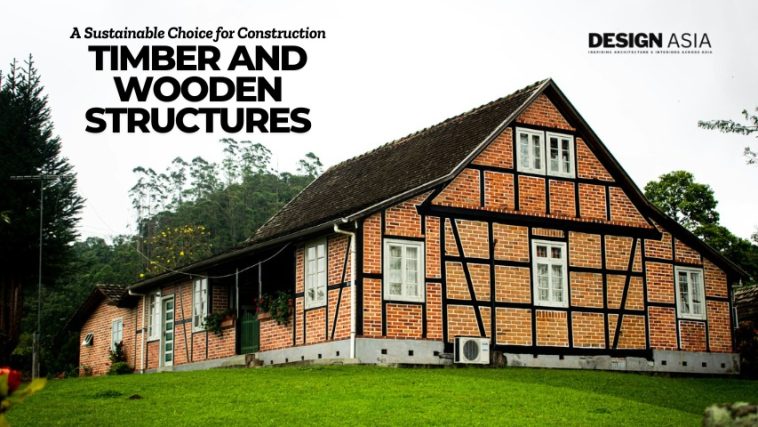Timber has been used as a building material for centuries, and its popularity continues to grow due to its sustainability, durability, and aesthetic appeal. Wooden structures offer a range of benefits, making them a preferred choice for both traditional and modern architectural designs.
Types of Timber Used in Construction
Different types of timber are used in construction based on their properties and applications:
- Softwood – Derived from coniferous trees like pine, cedar, and spruce, softwood is lightweight, affordable, and easy to work with. It is commonly used in framing, flooring, and paneling.
- Hardwood – Obtained from deciduous trees such as oak, mahogany, and teak, hardwood is dense, durable, and resistant to wear. It is ideal for high-end flooring, furniture, and structural applications.
- Engineered Wood – This category includes plywood, cross-laminated timber (CLT), and laminated veneer lumber (LVL). Engineered wood products offer improved strength, stability, and efficiency in modern construction.
Advantages of Timber Structures
- Eco-Friendly – Timber is a renewable resource that absorbs carbon dioxide, making it an environmentally friendly choice. Sustainable forestry practices ensure that timber harvesting does not lead to deforestation.
- Lightweight Yet Strong – Despite its lightweight nature, wood has a high strength-to-weight ratio, allowing for robust construction with reduced material waste.
- Energy Efficiency – Wooden structures provide natural insulation, helping regulate indoor temperatures and reducing energy consumption.
- Aesthetic Versatility – Timber’s natural beauty enhances architectural designs, creating warm and inviting spaces. It can be stained, painted, or left untreated for a rustic look.
- Fast Construction – Prefabricated wooden components allow for quicker and more efficient construction compared to traditional masonry or concrete buildings.
Common Applications of Wooden Structures
Timber is used in a variety of structures, including:
- Residential Homes – From log cabins to modern wooden houses, timber is a popular choice for residential buildings.
- Bridges and Pavilions – Wooden bridges and outdoor pavilions blend naturally with the environment while offering strength and durability.
- Commercial Buildings – Multi-story wooden buildings are becoming more common, thanks to advancements in engineered wood technology.
- Furniture and Interior Design – Wood is widely used in furniture, wall paneling, and decorative elements to add warmth and character to interiors.
Challenges and Considerations
While timber offers numerous benefits, it also presents some challenges:
- Susceptibility to Moisture and Pests – Proper treatment and maintenance are essential to prevent decay, rot, and insect infestations.
- Fire Resistance – Although wood is combustible, fire-retardant treatments and modern design techniques can enhance fire resistance.
- Cost Variability – High-quality hardwoods and engineered timber products can be expensive, but their longevity and performance often justify the investment.
Timber and wooden structures continue to be a sustainable and versatile choice for construction. With advancements in technology and sustainable forestry practices, wood remains an eco-friendly alternative to traditional building materials. Whether for residential, commercial, or decorative applications, timber offers durability, aesthetic appeal, and environmental benefits that make it a valuable resource for the future of construction.


